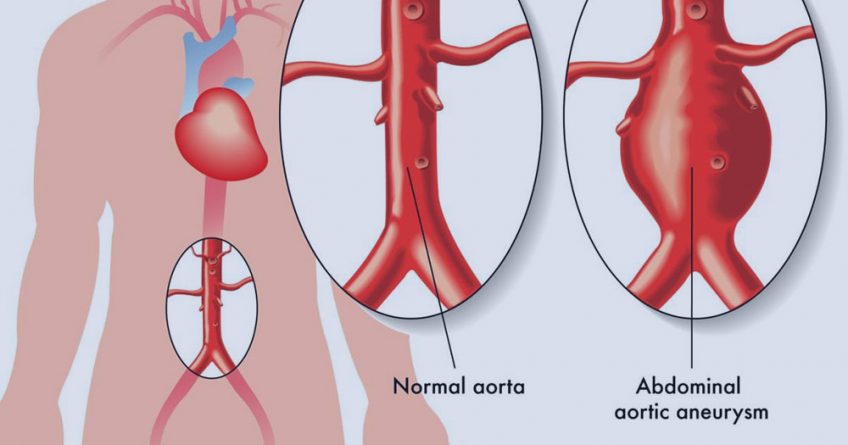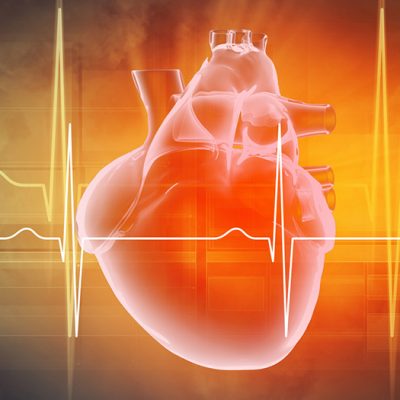What is an aneurysm? Simply put, an aneurysm is a widening or ballooning out of a blood vessel in our bodies.
To understand what this is, imagine the inner tube of a bicycle. As you pump air into it. If you pump more than the normal amount of air, one portion of the wall of the tube will eventually “balloon” out.
Continue pumping and this weak area of the tube will give away, rupturing the tube and ruining it. The same thing can happen in our bodies. Where it happens and when, can often make the difference between life or death.
Abdominal Aortic Aneurysm
Aneurysms can happen anywhere in your body where an artery exists but, for the purposes of this article, I am going to discuss one of the more common and deadly types called Abdominal Aortic Aneurysm or “AAA”.
The aorta is a large artery, which supplies blood to the greater portion of your body. It passes from your heart down through your chest and abdomen and divides in your lower abdomen forming the iliac arteries. These arteries feed your legs. This portion of the aorta, which is in the abdomen lying next to your backbone, is called the abdominal aorta.
“AAA” forms when part of the wall of the aorta weakens. This weak wall then stretches outward, expanding like an inner tube and eventually getting thinner and more balloon like . . eventually even bursting. Needless to say this is a dire medical emergency!
What Causes “AAA”?
- A build-up of fat and other materials in the wall of the aorta forming plaque. This is the so-called hardening of the arteries or atherosclerosis.
- High blood pressure or hypertension.
- Cigarette smoking. People who smoke cigarettes are more likely to die from an aneurysm than non-smokers.
- Inflammation or irritation of the aortic wall, the causes of which are still poorly understood.
- Hereditary factors
How Do I Know That I Have an Aneurysm?
That’s the problem. Often you don’t know! A “AAA”, especially in the early stages, gives little or no symptoms. Most “AAA”s are found during routine examinations or when you are being tested for other problems.
If I Do Develop an “AAA”, What are My Options?
Much depends on the size and locality of the ballooning. Most of the time, if the ballooning is small, less than 5 cm, your doctor may choose to just watch it carefully over a period of time. At the very least, however, he will want to have various appropriate tests such as Doppler ultrasound, or possibly a Cat scan, MRI or arteriogram.
The risk of a small aneurysm bursting is low. It may not grow, or may grow slowly, thus the period of watchful waiting. During this period, it is important to make any changes your doctor recommends to improve your health. Your doctor will want to see you about every six months. Eventually, you may face surgery.
Endovascular Surgery
Today, fortunately, you have the option of having endovascular surgery done. This consists of the surgeon entering the blood vessel and placing a graft or stent inside the aorta at the weak point. This is a much less invasive process than having your entire abdomen open as was usually done in the past.
The surgeon must determine which method that will be used in any particular case. In the hands of a competent vascular surgeon, your chances of a successful outcome during surgery for an Abdominal Aortic Aneurysm is greatly enhanced.
Feature image credit: familydoctor.org









